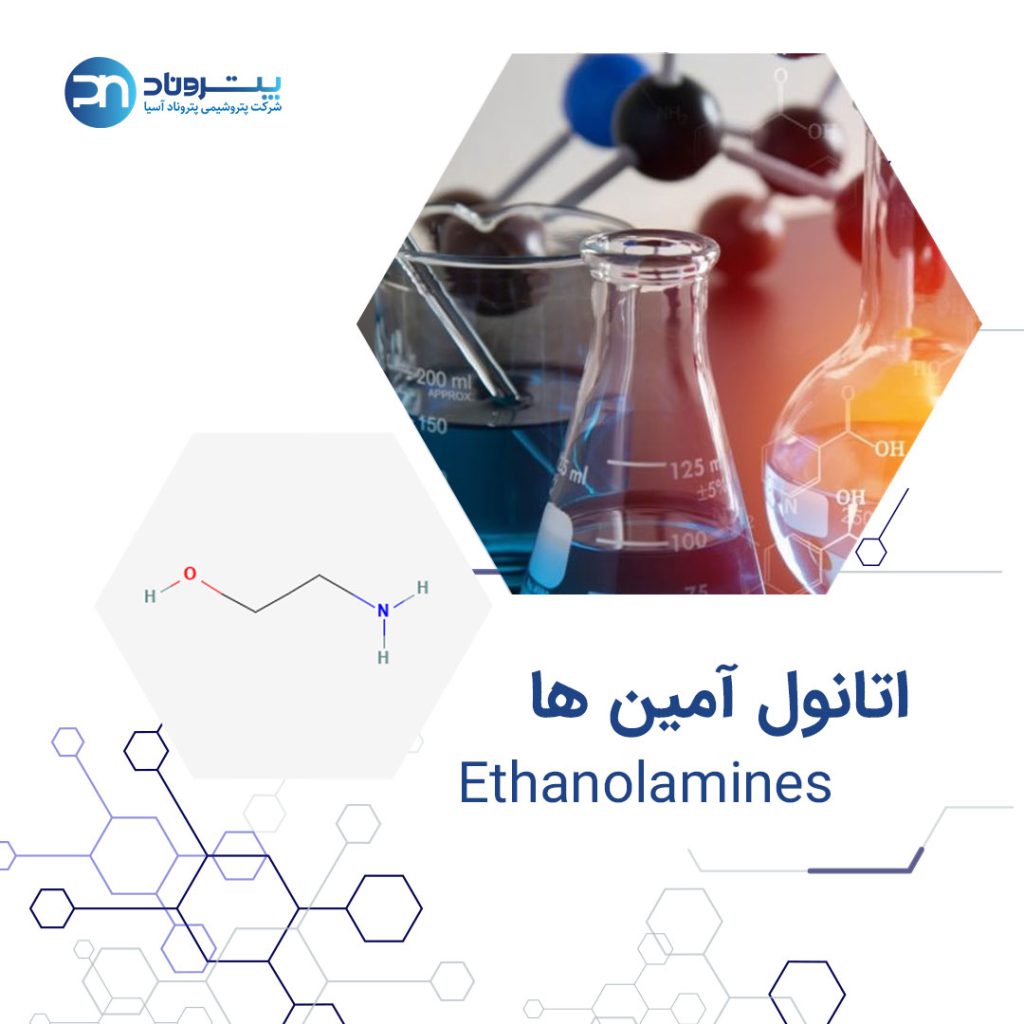Ethanolamines, comprising monoethanolamine (MEA), diethanolamine (DEA), and triethanolamine (TEA), feature a diverse array of application possibilities.
Triethanolamine is available in two primary forms: TEA 99% and industrial grade TEA (containing 15% DEA).
Chemical Overview
Ethanolamines, including MEA, DEA, and TEA, offer a host of applications. Triethanolamine is commercially available in two forms: 99% purity and industrial grade TEA, which contains 15% diethanolamine. Ethanolamines combine properties of both amines and alcohols, displaying their versatility in numerous reactions.
Physical and Chemical Characteristics
Amines exhibit slight alkalinity and react with acids to produce salts or soaps. The chemical structures of ethanolamines are as follows:
- MEA: H2NCH2CH2OH
- DEA: HN(CH2CH2OH)2
- TEA: N(CH2CH2OH)3
Applications
Ethanolamines are used across numerous industries, serving roles in gas sweetening processes, acting as detergents and lubricants, formulating specialty cleaners and detergents, facilitating amino salt formation and pH control, and featuring in concrete mixtures, urethane flexible foam catalysts, pharmaceuticals, personal care products, agricultural chemicals, photographic emulsions, to name some of their applications.
Usages
| Common usges | MEA | DEA | TEA (Industrial) | TEA (99%) |
| Glue | * | |||
| Agricultural Chemicals | * | * | ||
| Cement Mill | * | * | ||
| Concrete Additives | * | |||
| Special Detergents and Cleaners | ||||
| Self care Products (personal hygiene) | * | * | * | * |
| Gas Purification | * | * | * | * |
| Metal Work | * | * | * | |
| Oil Wells | * | * | * | |
| Printing and Packaging Inks | * | |||
| Photographic Chemicals | * | * | ||
| Rubber | * | |||
| Fabric Polishing process | * | * | * | * |
| Urethane Foams | * | * | * |

